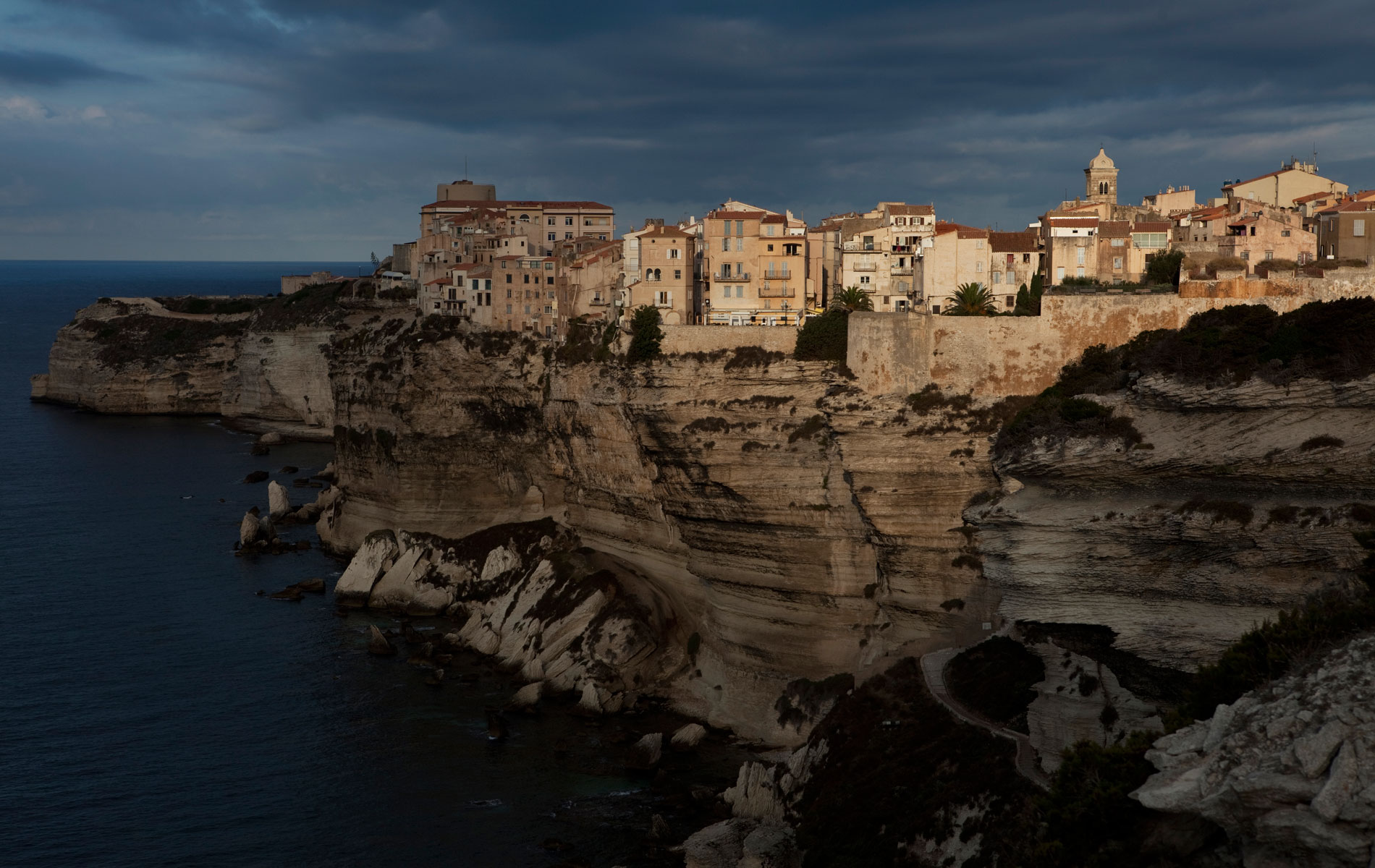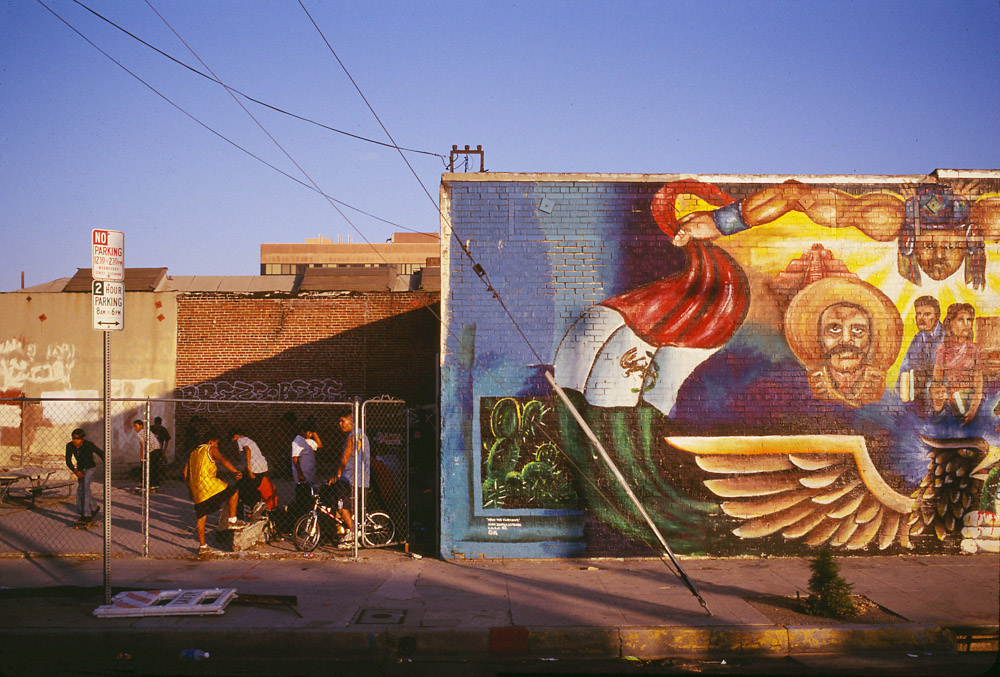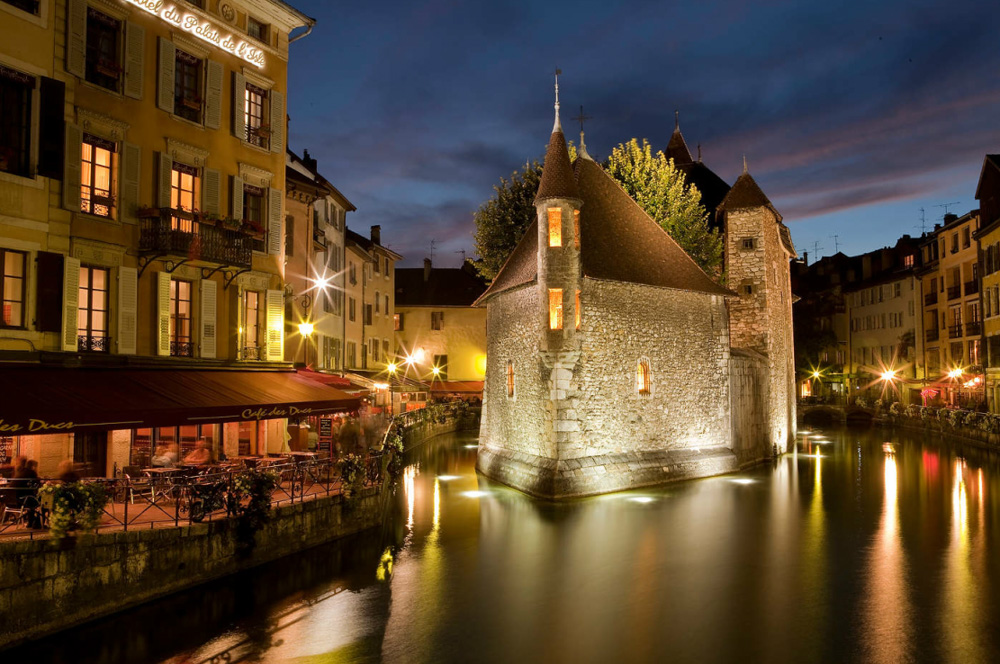
vie-magazine-gilles-mingasson
Frozen in Time
By Anne W. Schultz | Photography by Gilles Mingasson
Look through the viewfinder and focus. Now steady the camera and click. Voila! An image is captured, a moment immortalized. “Frozen in time,” says celebrated French photojournalist Gilles Mingasson, referring to the way photography stops time and allows viewers to see something they might otherwise miss in the hustle and bustle of everyday life. With his Canon 5D Mark III camera and Canon 24–70mm lens, Mingasson sets a specific moment aside and frames it for viewers to scrutinize, look at more closely, and see something they’ve never noticed before. “In spite of being constantly bombarded by images from TV, movies, and other technology, society remains fascinated with still pictures,” he observes.
For twenty years, Mingasson has traveled the globe in pursuit of places and people to photograph, using images instead of words to tell a story. His soul-stirring, affective photos have earned him assignments in Asia, Australia, India, North Africa, Europe, Latin America, and the Caribbean. Many of his clients are prestigious and include the likes of National Geographic Books, Time, the Smithsonian, Paris Match, the Discovery Channel, BBC America, BBC Worldwide, Scripps, Microsoft, Target, and Nike.

Kuna Indian, San Blas, Panama
[double_column_left]
It all started with a passion “to travel and shoot,” Mingasson says. As a teenager growing up in Grenoble, France, he loved looking at pictures in magazines and thought photography would be “a great way to work and travel.” Right after high school, he took off for Paris, where the country’s major magazines were headquartered. He hooked up with a friend who worked as a journalist and became surrounded by cinematic photographers who shared tips and provided feedback on his work. In time, he was published by telling stories that no one else covered—with his camera. “The subtle yet powerful style of National Geographic photos appealed to me and influenced my work,” he shares. “I’ve also admired and been influenced by the photographic work of Henri Cartier-Bresson, David Alan Harvey, James Nachtwey, and Alex Webb.”
[/double_column_left] [double_column_right]An assignment in the San Fernando Valley about children from middle-class families involved in street gangs was what first opened the door to Mingasson’s photojournalism career. Things really took off in 1990 when he spent six months bicycling 7,500 miles across the Soviet Union toting two cameras. There he photographed ordinary people who had lived their entire lives under the Soviet regime. Gamma, an influential photojournalism agency in Paris, distributed the work worldwide to officially launch his career. Along the way, Mingasson fell in love with Los Angeles and moved there—and remains there today—at the time taking odd jobs as a house painter and construction worker until he sold enough photographs to become self-supportive.
[/double_column_right] [double_column_left]
Local train, near Hiroshima
[/double_column_right]In spite of being constantly bombarded by images from TV, movies, and other technology, society remains fascinated with still pictures.
Capturing the layered, multidimensional, and evocative images a professional strives for calls for far more perseverance, endurance, and patience than what’s required with the amateur point-and-shoot approach to photography, Mingasson explains. “You have to be very patient, sometimes waiting hours for just the right light or for weather conditions to change,” he says. “Sometimes you take dozens of shots of the same subject to capture the perfect one. When you’re photographing people, you need to give them enough time to open up. I like to hang around waiting until I like something. I’m constantly observing what’s happening, picking up little moments that make the story. Also, it takes the right personality. People need to trust you and see you’re genuine and respectful before they open up. It also helps to be curious and interested in them.” Comments by Marco Gandásegui, the executive vice president of Ancon Expeditions (Panama’s premier ecotravel company) make it clear that Mingasson treats everyone in the same respectful way. “He is not only a top-notch photographer, but a real gentleman as well,” Gandásegui says after working with Mingasson during his two-month assignment in Panama for National Geographic.

Ivanpah Solar Plant, California

A clear running stream within a dense tropical forest in La Amistad International Park
You have to be very patient, sometimes waiting hours for just the right light or for weather conditions to change.
“Not only do you have to determine the essence of a story, but also make the image visually stimulating and interesting,” Mingasson shares. “Like most professional photographers, I prefer early morning and late afternoon—around dusk—when the light brings out color and creates interesting contrasts. Cloudy days make for a more moody scene. I use things like tree branches and other vertical or horizontal elements to create linear dimensions that make interesting visual layers. Sometimes I walk around a subject to see what works from different angles and perhaps bring attention to something in the background.” For example, in a picture of a Kuna Indian, an indigenous people in Panama, he highlighted the colorful strands of beads wrapped around the subject’s legs by taking the photo of her standing beside a vertical post on a boat dock.
Mingasson says he often feels like a public servant using photography to stir public awareness. “Once people have looked at something, they can’t deny it exists, and perhaps it helps them think differently and compels them to act,” he says. “You never know who might help. One of my exhibits showing the effects of global warming on a disappearing village in Alaska opened at the Field Museum in Chicago. It was attended by lots of movers and shakers. One shook my hand and told me how much he was moved by my work. That is a rare time when you actually get feedback from someone exposed to your pictures, and you think maybe they served a purpose beyond the fascinating personal adventure of discovering and shooting Eskimo culture. Maybe in his professional life, that man will do something about global warming.” The story about the Alaskan village—titled The End of Shishmaref—was also exhibited at the Nobel Peace Center in Oslo, Norway, and his personal project, Latino USA, won an American Photography Award in 2005.
Confessing that his insatiable curiosity keeps his work eclectic, Mingasson says, “In some ways that’s a drawback—if you specialize, you’re really well known, and it’s easier for magazines to find you. But I’m fascinated by every story. Like now, I’m very interested in a story about fracking that I’m covering in North Dakota for a French magazine studying the issue, and I recently photographed the largest solar farm in the world, located in the Mojave Desert. That was amazing, as it could power a city of 140,000 homes.”
[/double_column_left] [double_column_right][/double_column_right]Once people have looked at something, they can’t deny it exists, and perhaps it helps them think differently and compels them to act.

Whatever he shoots, Mingasson captures the essence of life, whether it’s nature’s awesome power and raw energy or the unfolding story of humanity, such as an indigenous culture struggling to maintain traditions against the swelling tide of modernity. What if Gilles Mingasson had ignored the call or hadn’t mustered up enough courage to follow his youthful passion “to travel and shoot”? What a loss for humanity that would have been. His life inspires his viewers to make the world a better place by pursuing their dreams and developing their God-given talents in the service of others.
— V —
More photography by Gilles Mingasson will be featured in an ecotravel story on Panama by Anne Schultz in the upcoming VIE – March/April 2014. To learn more about Gilles Mingasson and to see a large sampling of his talent, please visit www.Mingasson.com.
Share This Story!
KEEP UP WITH THE LATEST STORIES FROM VIE























































































































































